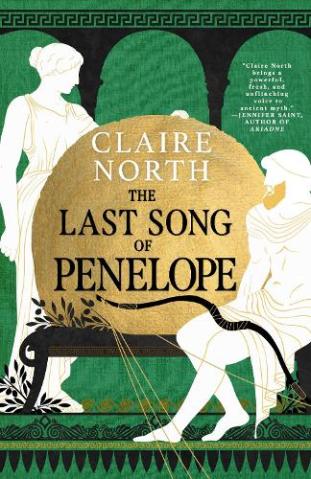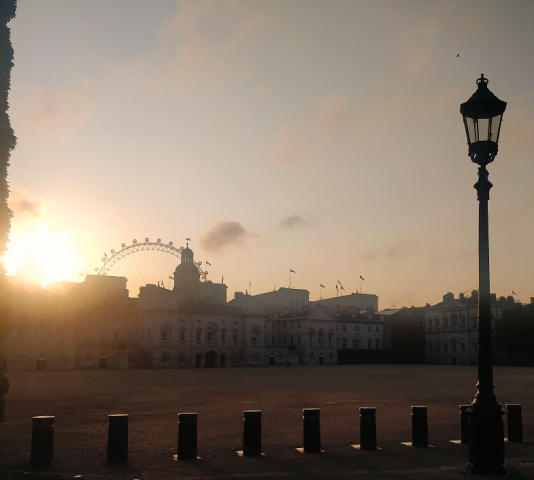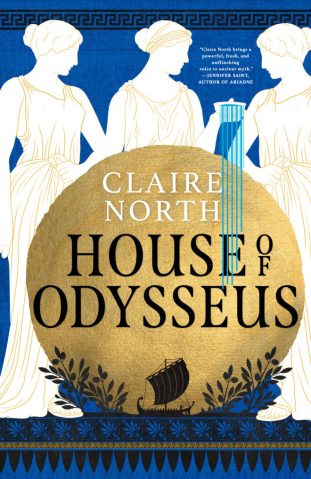In Praise of… Sacco and Delisle

Okay, firstly, they aren’t the same people, they don’t do the same stuff, they’ll probably bored of being lumped together, but then, I couldn’t find a quick way to say ‘in praise of two guys I know of so far who spend a lot of time being investigative reporters whose preferred medium is the graphic novel/newspaper…’ Hence the shortness of the title.
So I first stumbled on these books when I picked up a copy of Safe Area Gorazde. Growing up as a kid, I was vaguely aware of the Balkans during the 1990s, but only as images on the late-night news that my parents were watching. When I finally got old enough to grab a little awareness of what had been happening during my formative years, the reporting was all of EU summits and NATO forces and political disputes over the future of breakaway republics… but the actual conflict, and the origins of war, was something that I didn’t really understand.
At university, I vaguely began to understand more, mostly, it has to be said, through the fact that we studied a lot of genocide at LSE. To this day, I can only read about the Rwandan genocide in twenty minute bursts, as anything more tends to reduce me to tears. Likewise, I can only spend too much time learning about the Holocaust before the need to find something fluffy to cling onto comes upon me; not least as there’s a whole side of my family who died in various camps across Europe, and I can’t help but see the face of my Grandma in the children fleeing Nazi Germany in 1939, or imagine the loss of my own mother when I see my great grandmother’s name upon a deportation list for Theresienstadt.
In many ways, it’s that personal touch, the power of people’s stories and the images that go with them, that make the genre of journalism through comics (and I mean this in a graphic sense, not a ‘haha’ sense) so powerful. In a way, it’s easier to write the words, ‘four million Jews, homosexuals and disabled people were killed between 1939-1945 in Central Europe by the Nazis’ than to say ‘my grandmother was sent to England by her parents to save her life, because they knew that she would die if they remain; and lo, she lived but they were, one at a time, pulled from their loved ones and sent to the gas chambers to die frightened and alone and amongst the lists of the dead I see my great grandfather, Saloman, and my great aunt, aged ten years old, who died 1944 in Auschwitz.’
And absolutely; as good historians we must lay out the cold facts, and remain objective, and study the hows, and the whys, and the wherefores. But as decent human beings I kinda feel we should also learn the stories, try to get a sense of the feelings and the fears, the day-to-day realities of what it means to be in a place where we are not, and it’s this that graphic journalism excels at. The narrators often put themselves within the stories, everymen wandering through other people’s lives in search of answers to the questions of how, why, what and most importantly, who? Who are the people behind the statistics, what does their world look like, what does their food taste like, are their homes big, small, clean, messy, what is the story behind the story and how can it be best expressed in a way that is at once neutral, and at the same time conveys the humanity behind the headlines? Journalism as a whole – particularly in this TV age – suffers from a shocking lack of depth. Most nights of the week, the Syrian civil war will be summed up in 60 seconds, and lo, the lives of twenty two million people are covered, job done, night night. But if pictures can say a thousand words, then books like Footnotes in Gaza or Jerusalem, can give a sense of humanity, of lives actually being lived and lost, that BBC cameras sweeping through at blinding speed, do not. TV likes to shock us with a glimpse of a mother screaming over her child; writers such as Sacco and Delisle then give the story of what the child did before, and the mother does next, and instead of shock value, there is an actual story to be told.
Frequently tragic, often surreal, sometimes funny – sure, you could accuse these books of laying out subjective history, personal eye-view, and yes, they do. And that’s fine. Because all history is subjective, and all interpretations flow from a personal eye-view, and it’s of huge credit to the genre as a whole that it not only acknowledges the same, but revels in it, and uses it to tell stories in a way that’s more moving and perhaps even more ‘true’, whatever that means, than any brisk headline across a computer screen.





